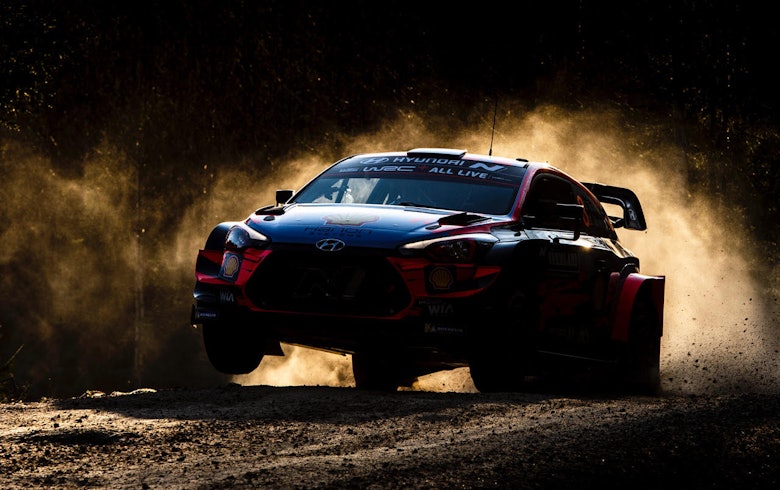I’m glad to say, it wasn’t just me. It wasn’t just me who had to look up ‘Compact Dynamics’ when the German firm was announced as the supplier of hybrid parts for 2022 Rally1 cars.
Surprised? It’s fair to say the service park was a little taken aback. Especially when you look at the other option for the first hybrid motors and batteries to be fitted to the fastest ever rally cars in the world. The other option was an alliance between Bosch and Williams Advanced Engineering.
As one source put it: “It’s like choosing between Kellogg’s and own-brand cereal in the supermarket.”
That seems a little harsh. The FIA’s technical department knows hybrid and the teams’ technical expectations inside out and Compact Dynamics wouldn’t have been selected without ability, know-how and an appreciation of the unique environment into which its about to work. How, for example, would the hybrid package have dealt with running through a Mexican watersplash at an altitude of 2500 metres and an ambient temperature of 91F?
The year after next, we’ll know very much more.
Compact Dynamics’ solution was also reportedly the more economic one. Like, dramatically more economic. For teams like M-Sport, the cost is a significant part of the equation – not to mention a potential barrier to entry for manufacturers looking at the WRC as part of its future marketing plans.
But still, hybrid power is not coming cheap in 2022. Which, on the surface, made the decision to stick with the current Global Race Engine (GRE) an intriguing one.
For the first couple of months of this year, all the talk was of finding a solution based on a current Rally2 specification engine. The fiscal appeal of Rally2 is obvious. Cost of engine? Around €30,000. The GRE equivalent? Approximately five times that amount.

The restrictions of a production-based Rally2 engine are obvious – it comes off a production line and is modified for the needs of a rally car. The GRE alternative is, as the name suggests, a purpose-built race engine with the associated freedoms of casting your own head, machining blocks, the whole nine yards. The regulations are tight, but not too tight as to squash the opportunity for innovation.
But innovation costs.
What also costs – both in commercial and sporting terms – is the detonation of engines. Simply bolting a bigger air restrictor and possibly a bigger turbo to the side of the engine out of a road-going Hyundai might sound straightforward. But guess what? It’s anything but.
The costs – especially to teams like Toyota, which doesn’t have a current R5 car – to rework the Rally2 motor were rising. That, added to the fact the teams would need more engines per car each season, forced a rethink.
Ultimately, and quite recently, the teams found common ground and decided to stick with the GRE.
Regardless of what you think or what I think, we have a decision. We have movement. And this, added to the news of a five-speed gearbox, the absence of a centre differential and a dramatic reductions in the specification of suspension offers the opportunity for the teams to get on with 2022 in a way they’ve never been able to before.
And that, in anybody’s book, has to be a very good thing.
Compact Dynamics knows what it has to do and now the teams know what to expect.
In short, we’re making real progress now.
Looking medium to longer-term, coronavirus has the undoubted potential to throw a Covid-19-shaped spanner in the works.





